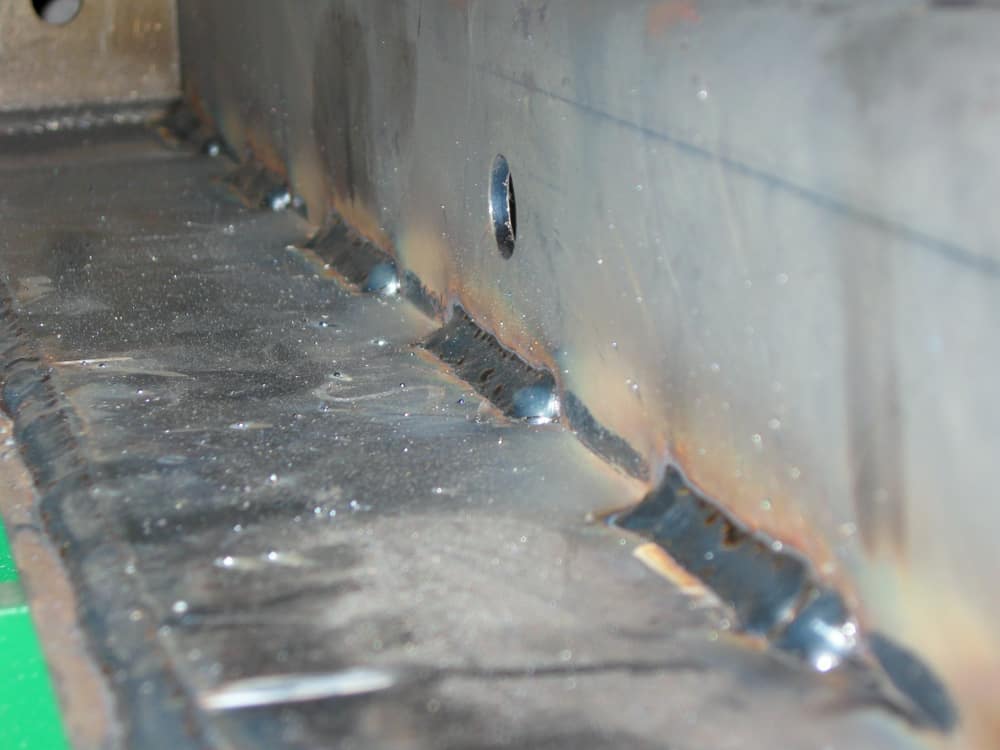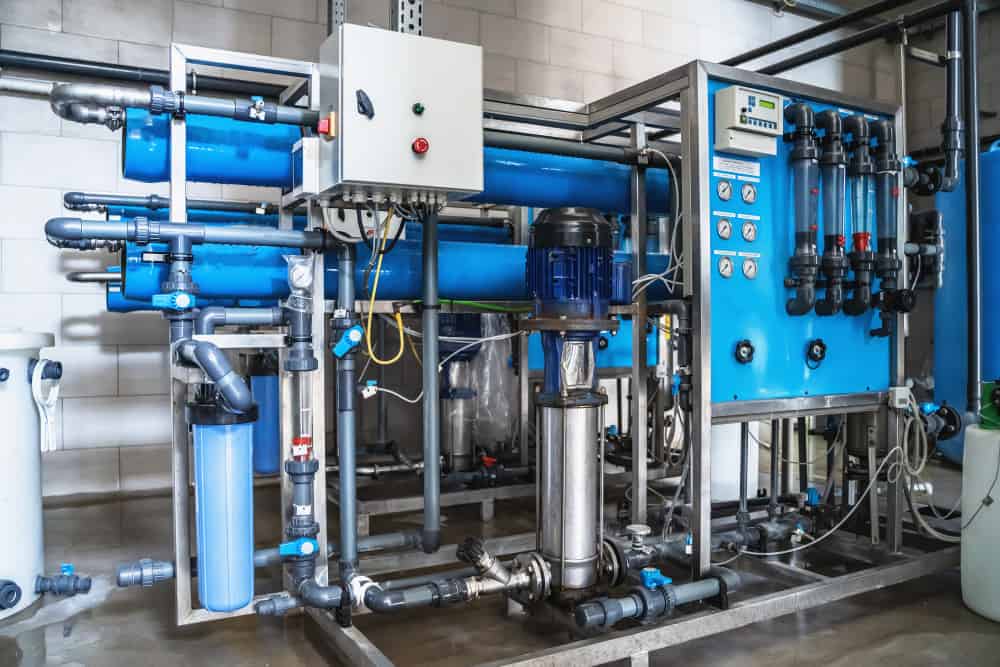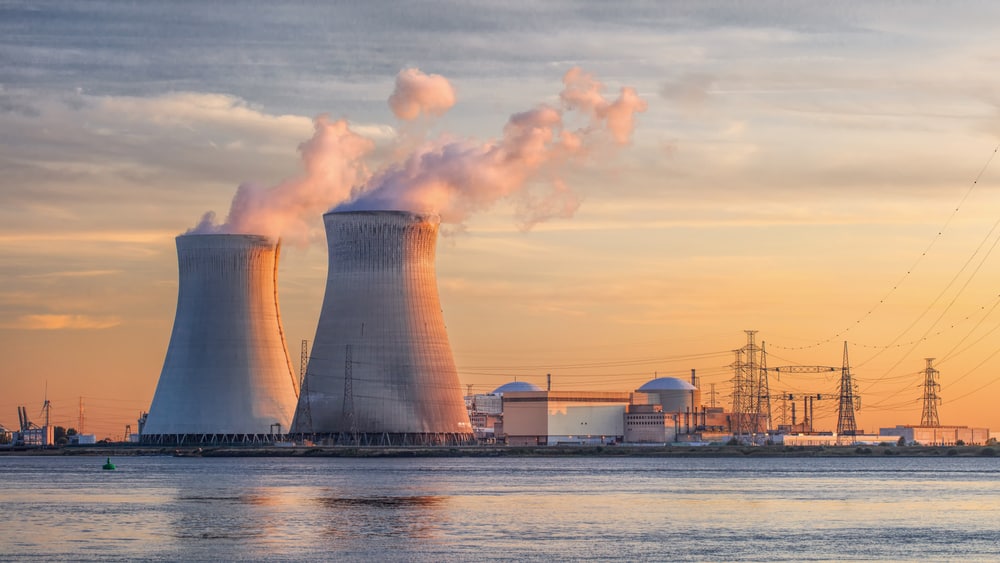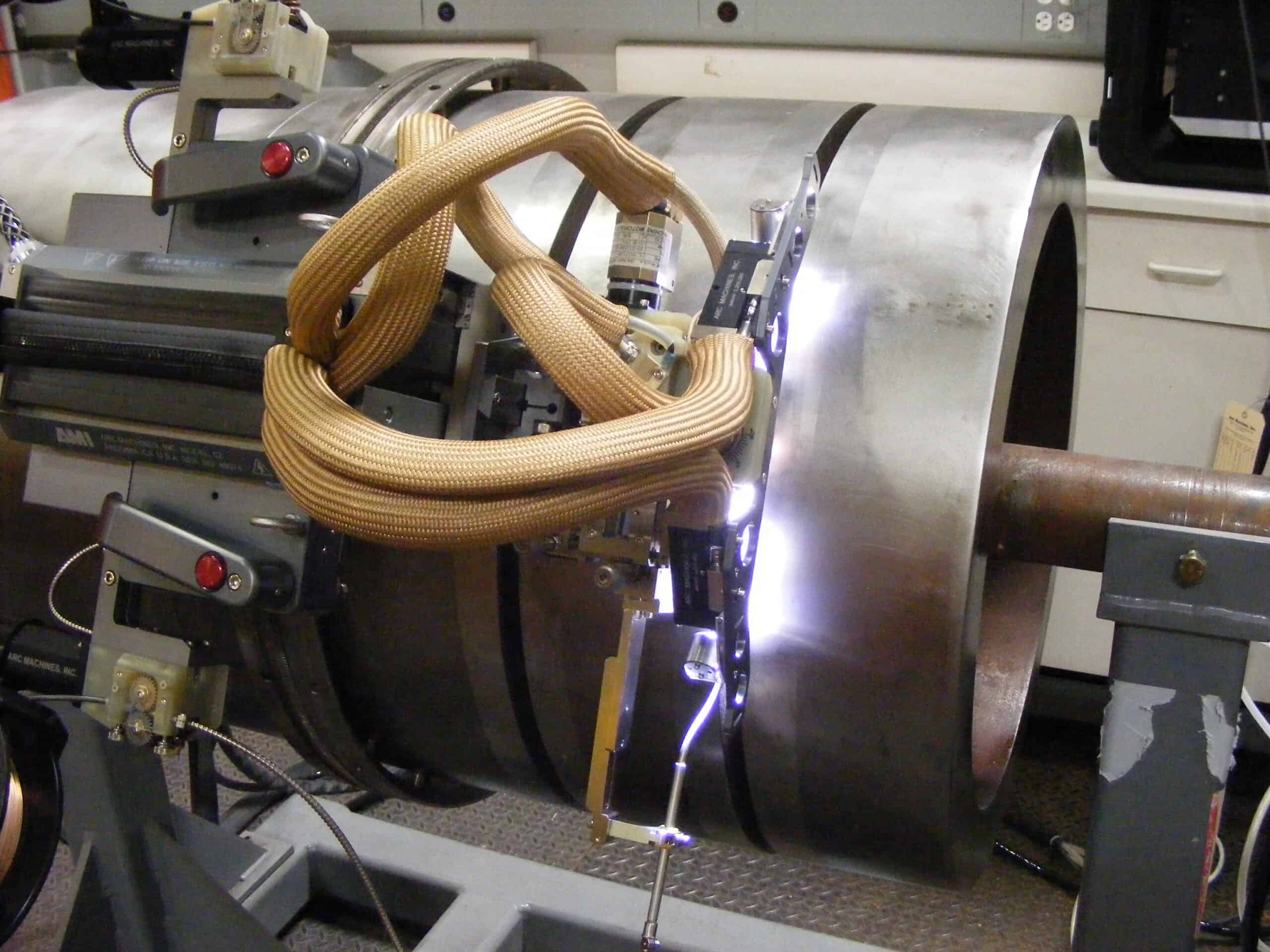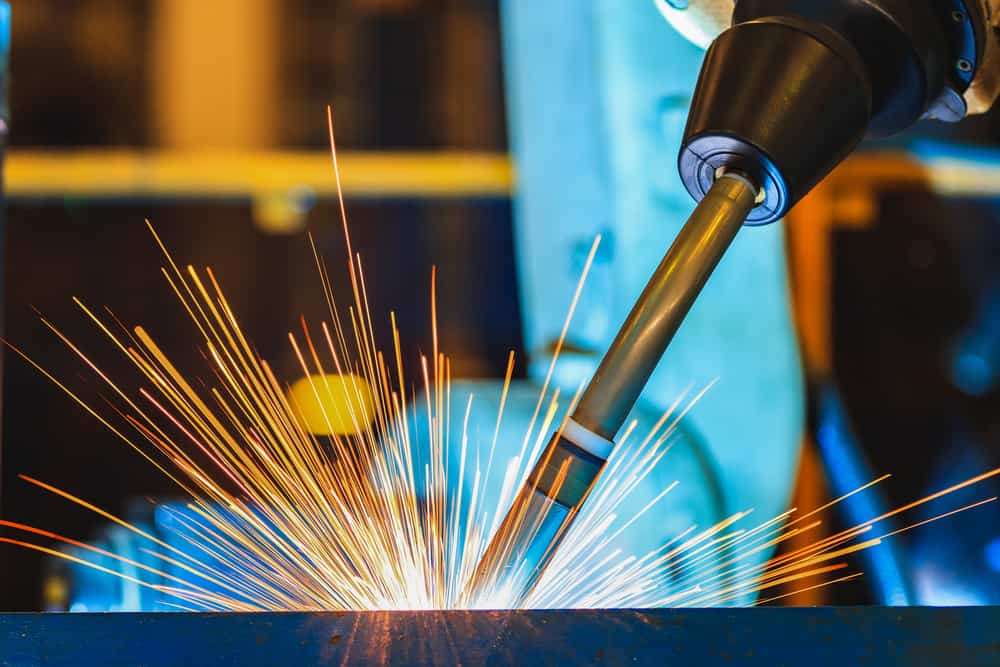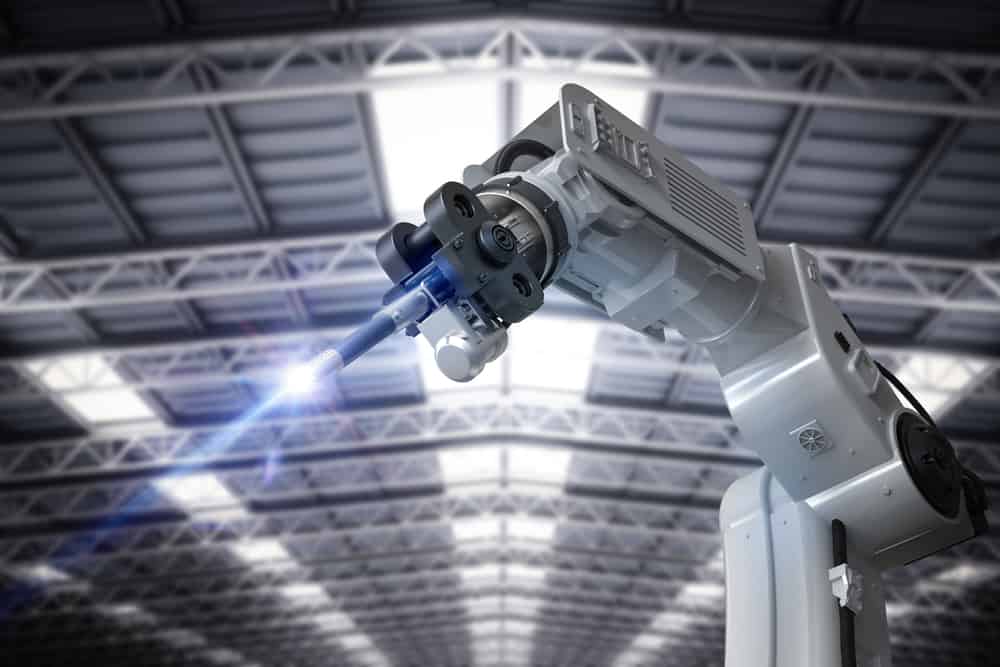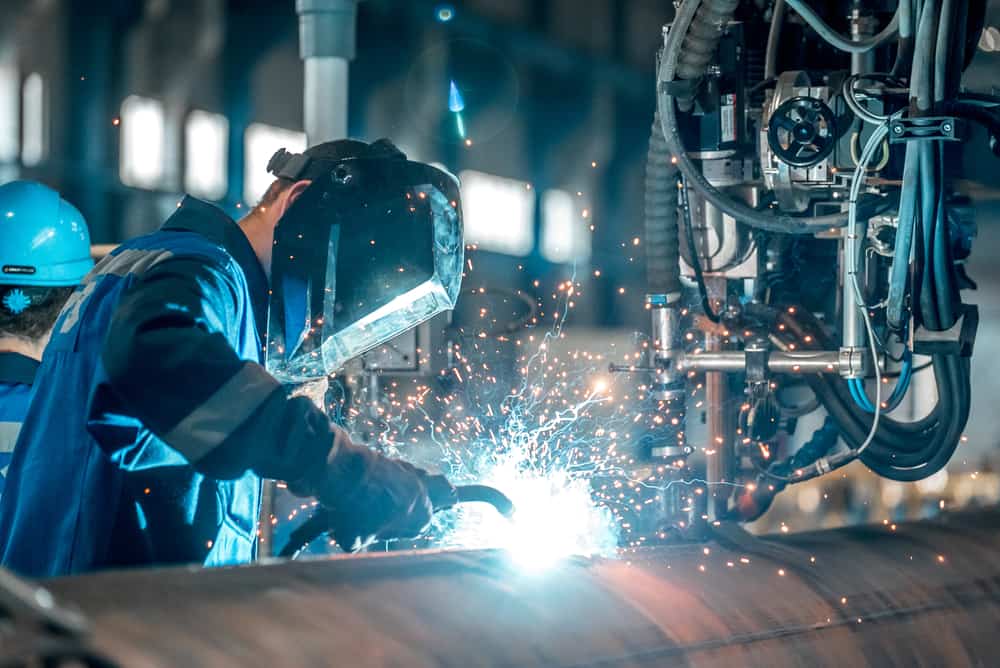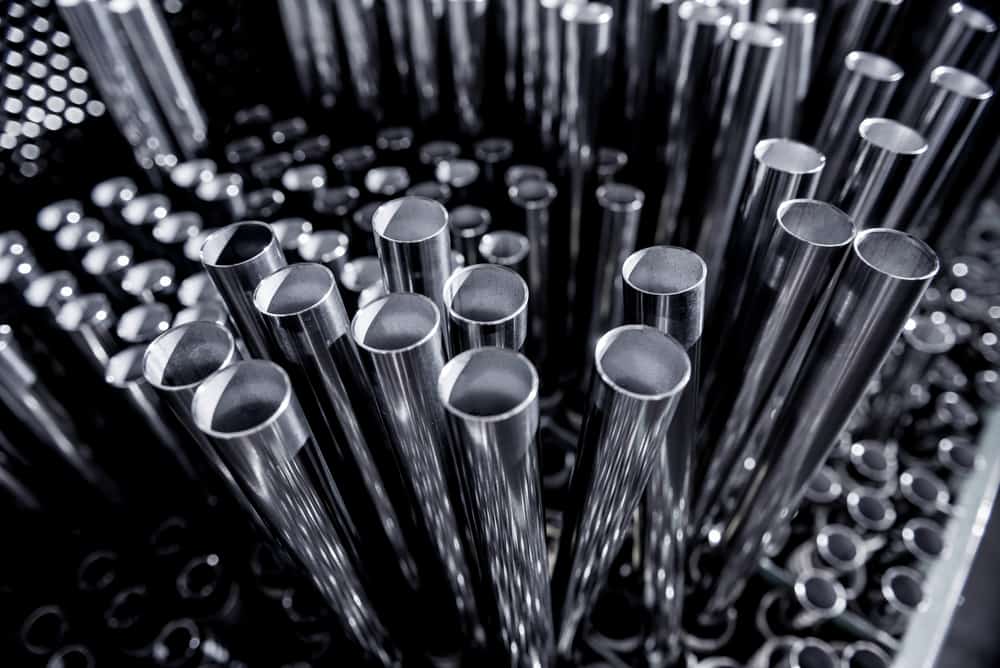
Commonly present in small proportions in steel and its alloys, sulfur is generally introduced through the iron ore or fuels. The sulfur content in the steel mix dramatically affects the mechanical attributes of the metal. In most cases, sulfur is considered an impurity that can cause issues like reduction of…

